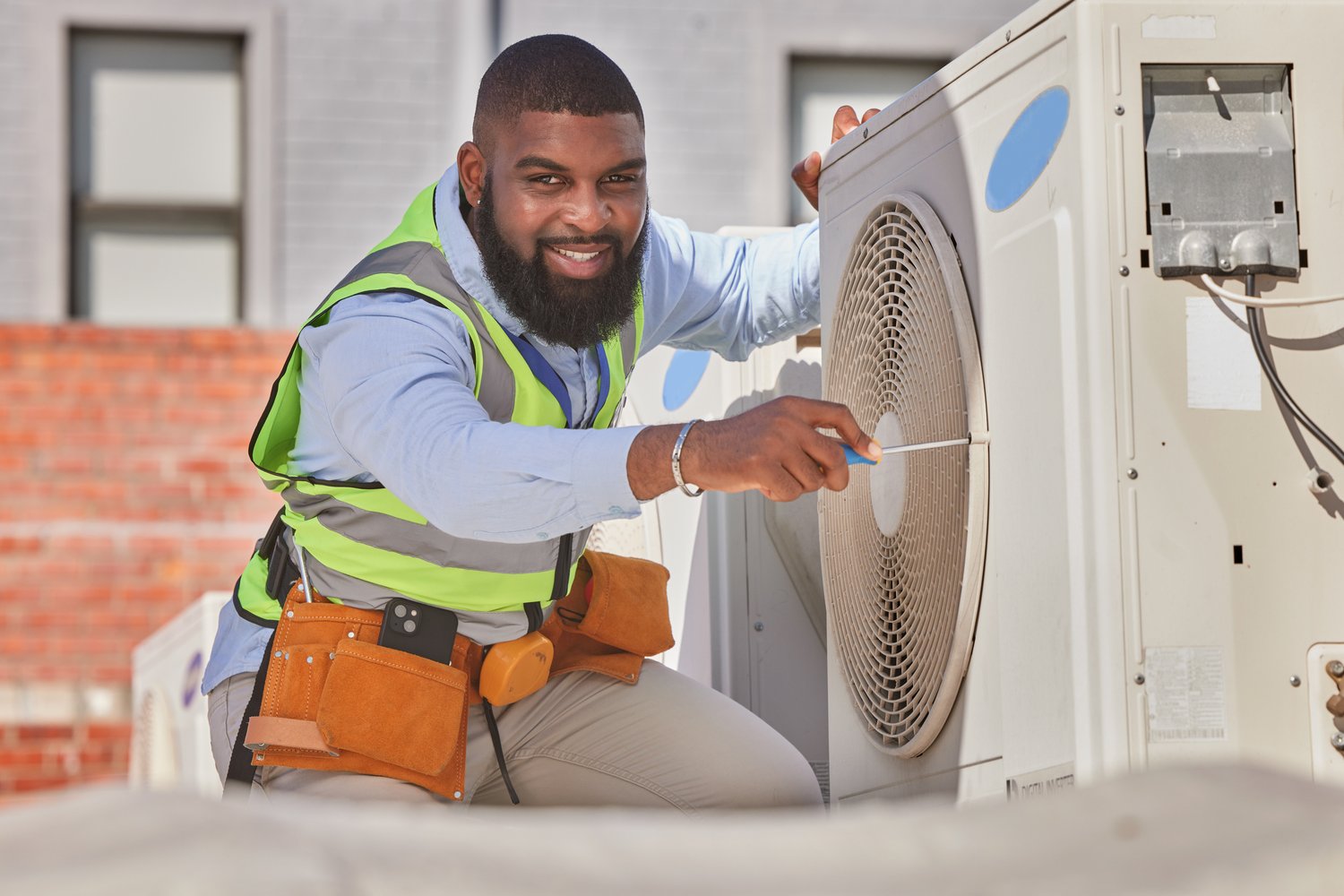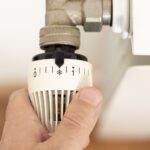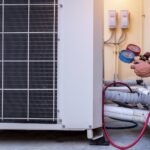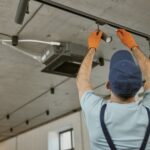Your central air conditioning unit is a lifesaver during sweltering months, but when it falters, it can leave you hot under the collar. Understanding how to troubleshoot common issues can be the difference between a cool, comfortable home and a sweaty ordeal. By arming yourself with the right knowledge, you can solve many AC problems without needing professional help.
- Gain insight into common central AC problems, from cooling inconsistencies to strange noises, equipping you with a solid foundation for effective troubleshooting.
- Discover how to check electrical connections and power supply to ensure your AC functions smoothly and efficiently.
- Explore a comprehensive step-by-step troubleshooting guide to identify and resolve specific AC issues, enhancing your problem-solving skills.
By diving into this article, you’ll not only learn to confidently tackle central AC issues but also appreciate the importance of regular maintenance to prevent future inconveniences. Let this be your guide to a consistently cool and comfy home environment. Engage with the content and join the conversation to share your own AC troubleshooting tips!
Understanding Common Problems in Central AC Troubleshooting Steps
Central air conditioning systems are vital for maintaining a comfortable home environment, yet they often encounter issues that require troubleshooting. A fundamental problem many homeowners face is inadequate cooling, where the system fails to maintain the desired temperature. This could result from blocked ducts, a malfunctioning compressor, or low refrigerant levels.
Another frequent issue includes unusual noises emanating from the AC unit. These noises can range from humming to rattling, each indicating potential problems such as loose components or debris caught in the fan.
Faulty thermostats also contribute significantly to central AC troubles. When a thermostat fails to accurately communicate with the system, it could lead to inefficient operation or complete non-functionality. Understanding these common problems lays the groundwork for effective troubleshooting, aiding in precise diagnosis and timely solutions.
Checking Electrical Connections and Power Supply
To ensure your central AC unit functions optimally, it’s imperative to inspect its electrical connections and power supply. Begin by examining the circuit breakers located in your main electrical panel. Tripped breakers can disrupt power to your AC, causing it to shut down unexpectedly.
Next, inspect the power connections linking to the unit. Ensure all wires are securely fastened and that there is no visible damage, as loose or damaged connections can lead to power inefficiencies and potential hazards.
Regularly monitoring and maintaining the electrical status of your central AC can prevent many common operational issues, ensuring a consistent and reliable cooling experience for your home.
Comprehensive Guide to Central AC Troubleshooting Steps
Tackling issues with your central AC system can seem daunting, but with a systematic approach, you can resolve many common air conditioning problems effectively. By carefully following these central AC troubleshooting steps, you’ll get your cooling system back in optimal condition.
Start by identifying the symptoms your AC is exhibiting. This first step is crucial for pinpointing the root cause of the problem. Common symptoms include the AC not cooling effectively, uneven temperature distribution, or unusual noises coming from the unit.
Next, assess the air filters. Dirty or clogged filters can severely impact the AC’s performance, causing reduced airflow and efficiency. Ensure you regularly clean or replace these filters to maintain optimal performance.
Check the thermostat settings. Sometimes, incorrect settings can lead to perceived malfunctions. Verify that your thermostat is set to the correct mode and temperature. If it’s battery-operated, replacing the batteries can often solve the problem.
Investigate the condenser unit. Ensure that it is not obstructed by debris or plants. Clearing the area around your condenser can improve airflow and cooling efficiency. Cleaning the condenser coils is another critical task that, if neglected, can lead to poor performance.
Inspect the ductwork for leaks. Leaky ducts can lead to significant loss of cooled air. If you suspect any leaks, consider consulting a professional for repairs or using duct sealing kits available in the market.
Don’t forget to check the refrigerant levels. If the AC is running but not cooling, you might have a refrigerant leak or a low refrigerant charge. Since handling refrigerants requires specialized knowledge, it’s best to consult a licensed HVAC technician for this issue.
Finally, evaluate the electrical connections. Loose or malfunctioning connections can cause the AC to perform intermittently or not at all. Carefully inspect and tighten any loose components. Be cautious and prioritize safety while dealing with electrical parts.
By systematically approaching these troubleshooting steps, you can address and resolve many common issues with your central AC unit. Regular maintenance and timely interventions will help you maintain a comfortable indoor environment throughout the year. Consider sharing any summer cooling experiences or additional insights in the comments to aid others in optimizing their home cooling systems.
Frequently Asked Questions on Central AC Troubleshooting
Why is my central AC not cooling effectively?
Check the thermostat settings and ensure the air filter is clean. Also, verify that there are no obstructions around the unit.
What should I do if my AC is making strange noises?
Inspect the AC for loose parts or debris. Tightening screws and cleaning the unit may resolve the issue.
How can electrical issues affect my central AC operation?
Faulty circuit breakers or damaged power cords can interrupt the AC’s function. Inspect and replace any faulty electrical connections.
Is it necessary to perform regular maintenance on my central AC?
Yes, regular maintenance like cleaning filters and checking coolant levels can prevent major issues and extend the unit’s lifespan.
What if the thermostat isn’t responding?
Ensure the thermostat has fresh batteries, is set to the right mode, and the wiring connections are intact.





